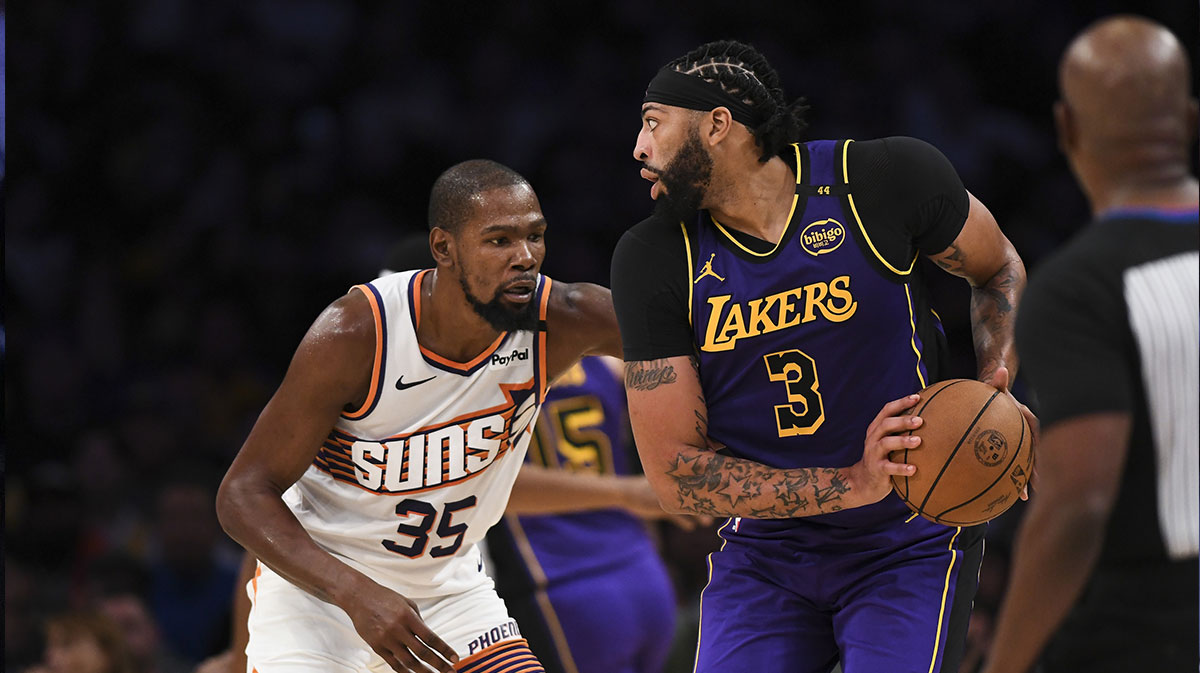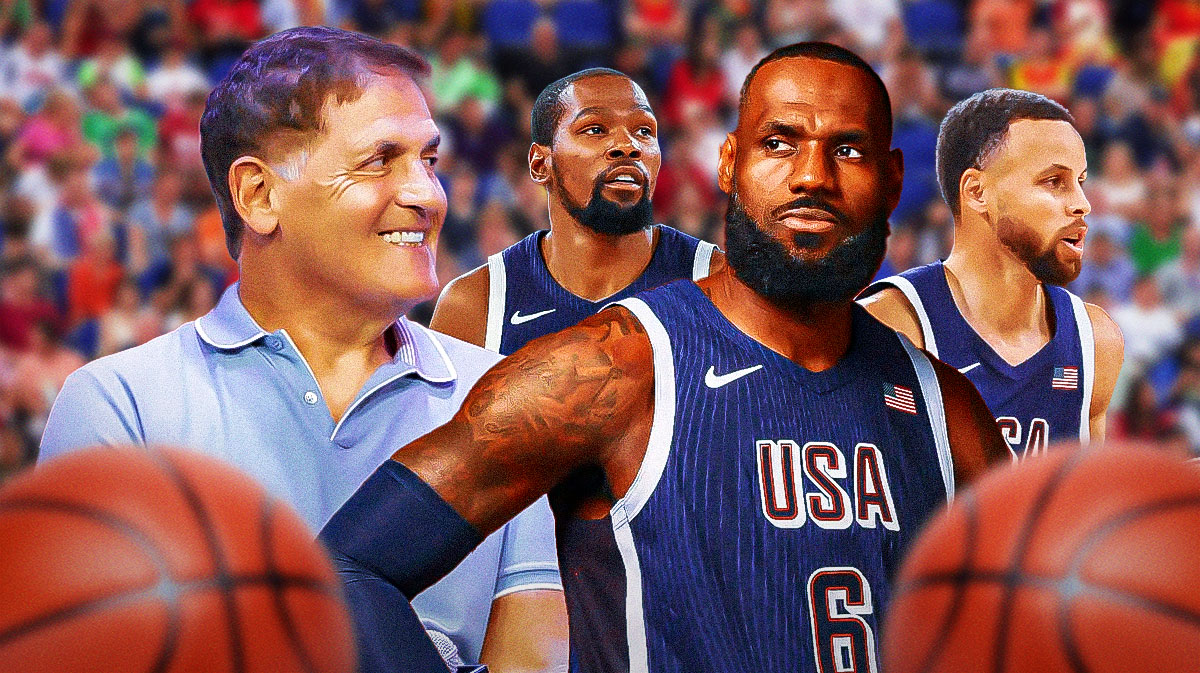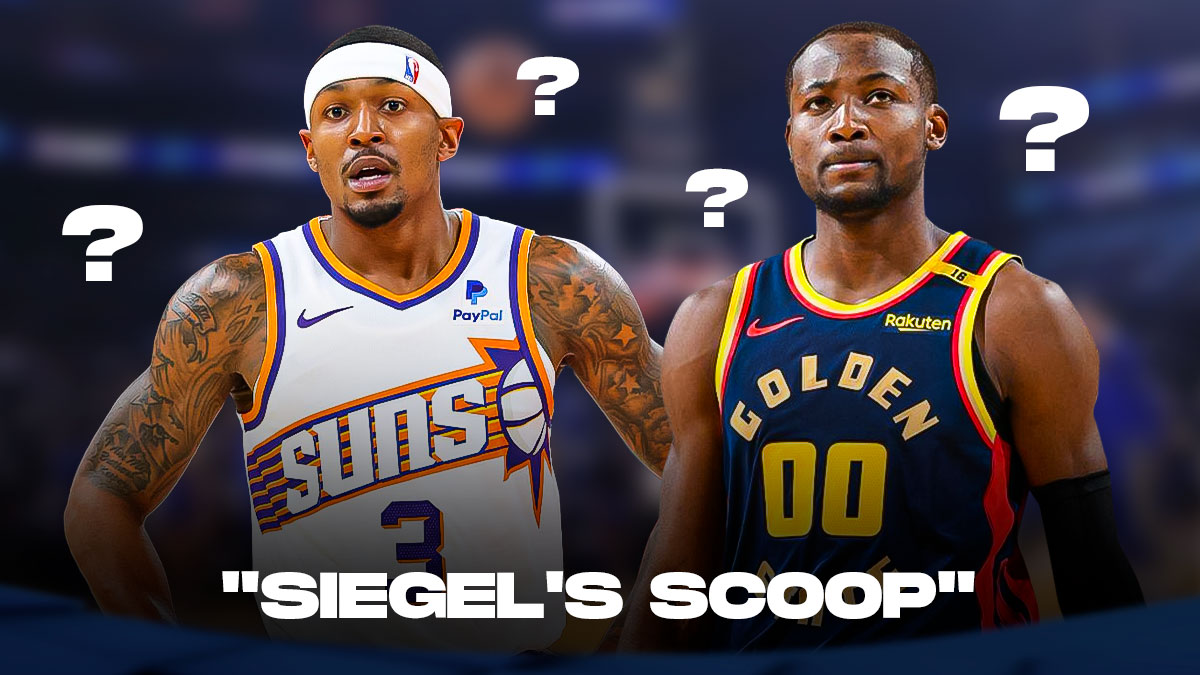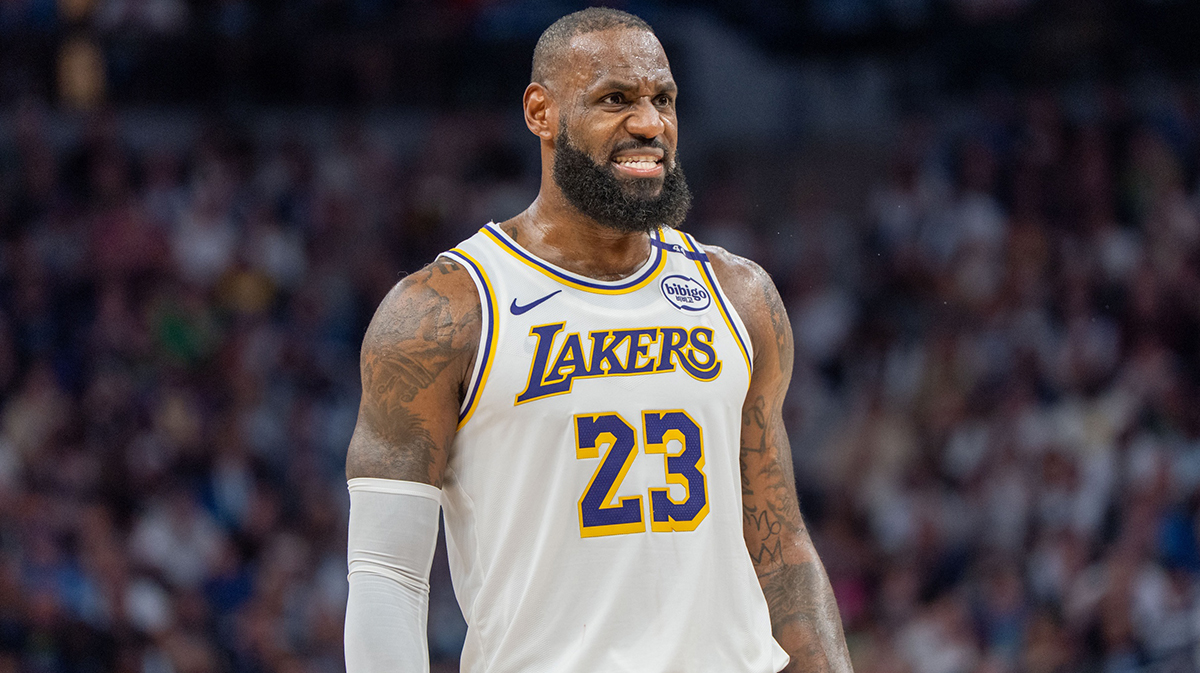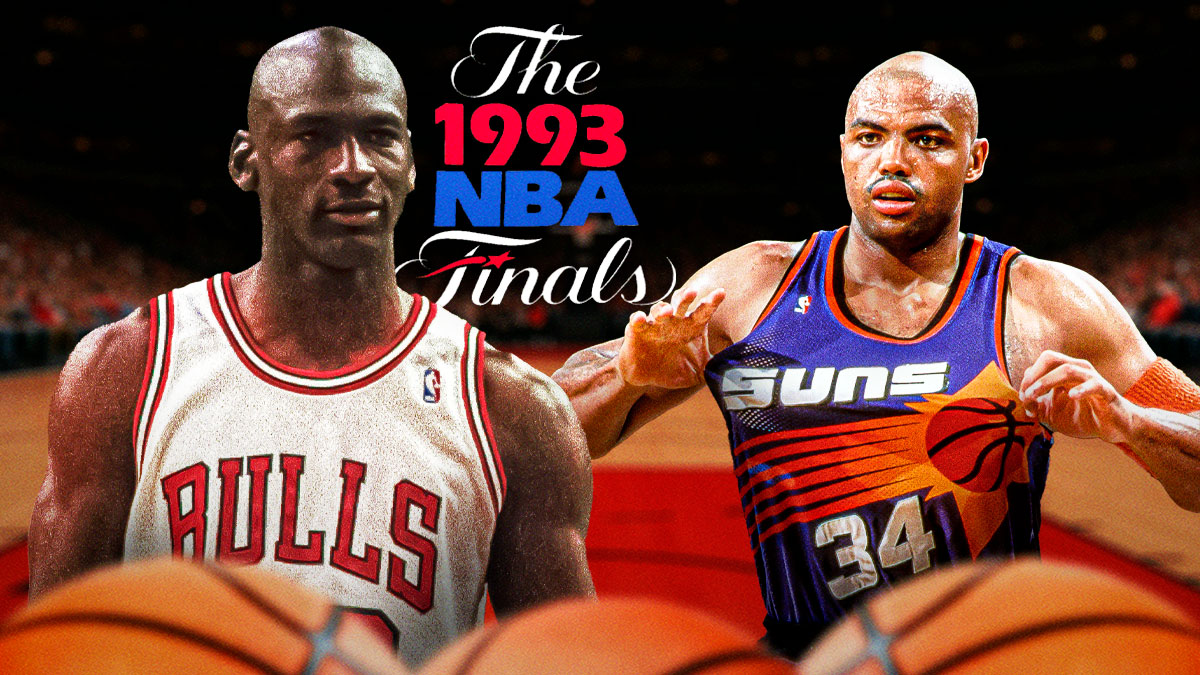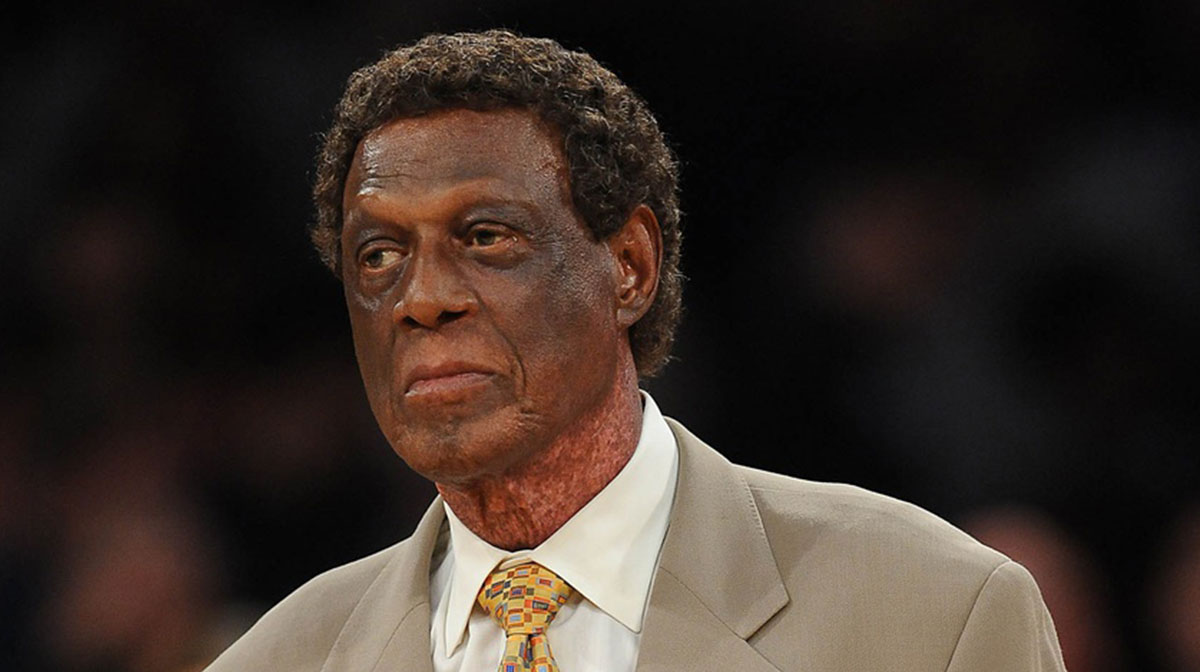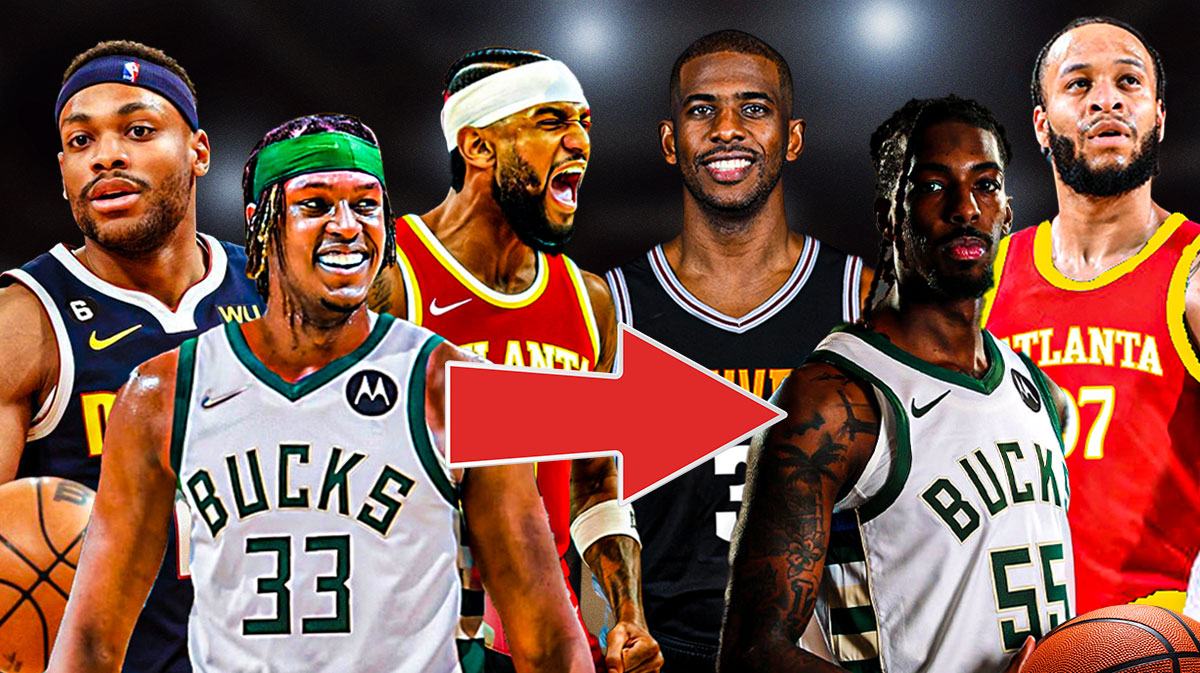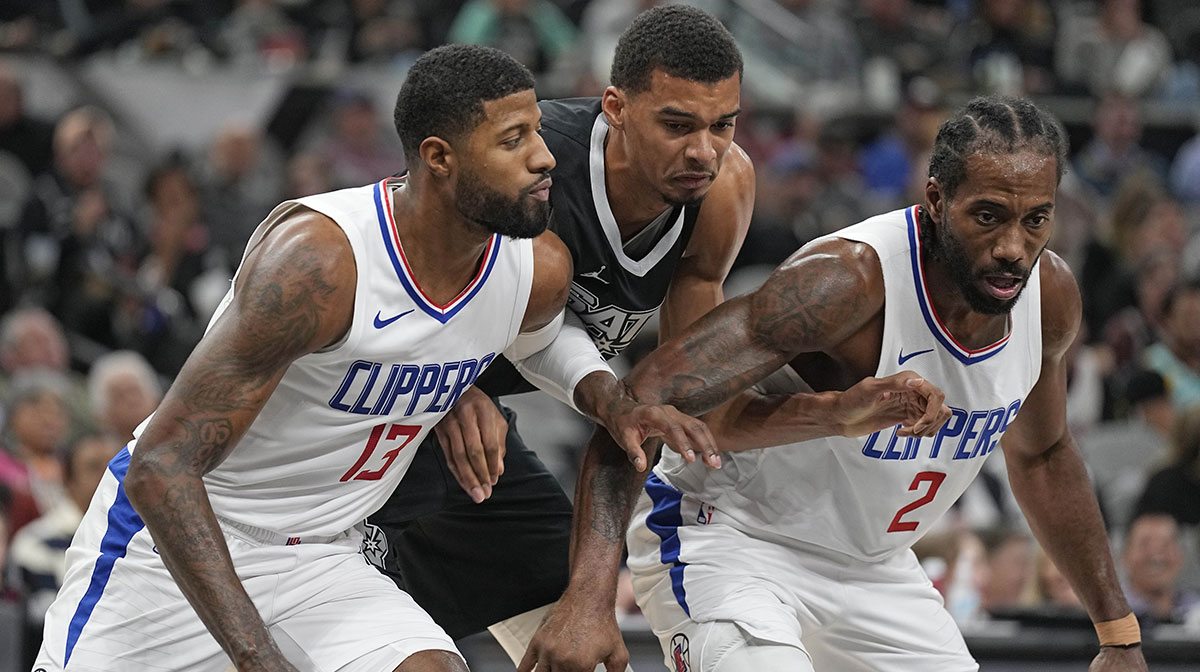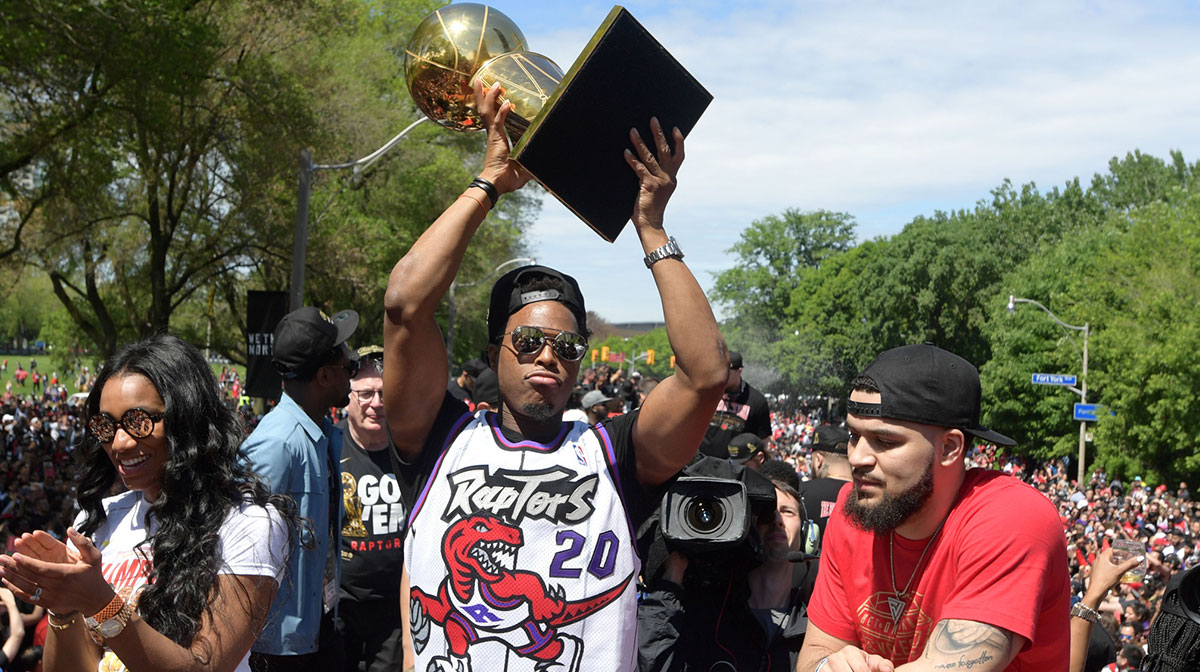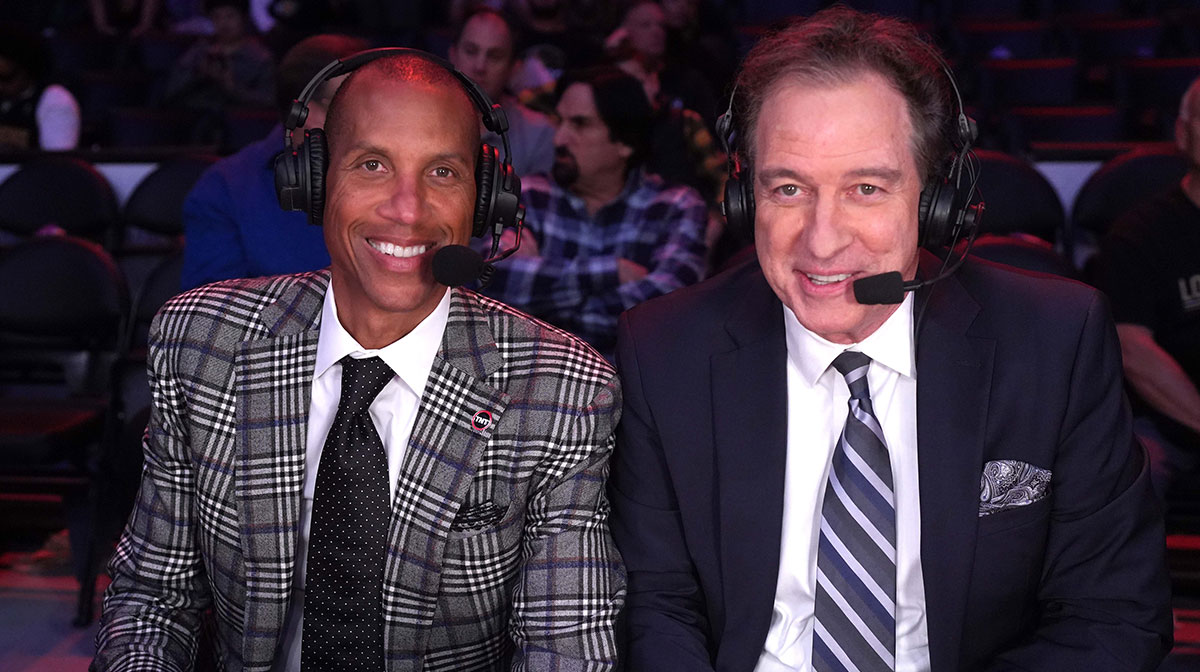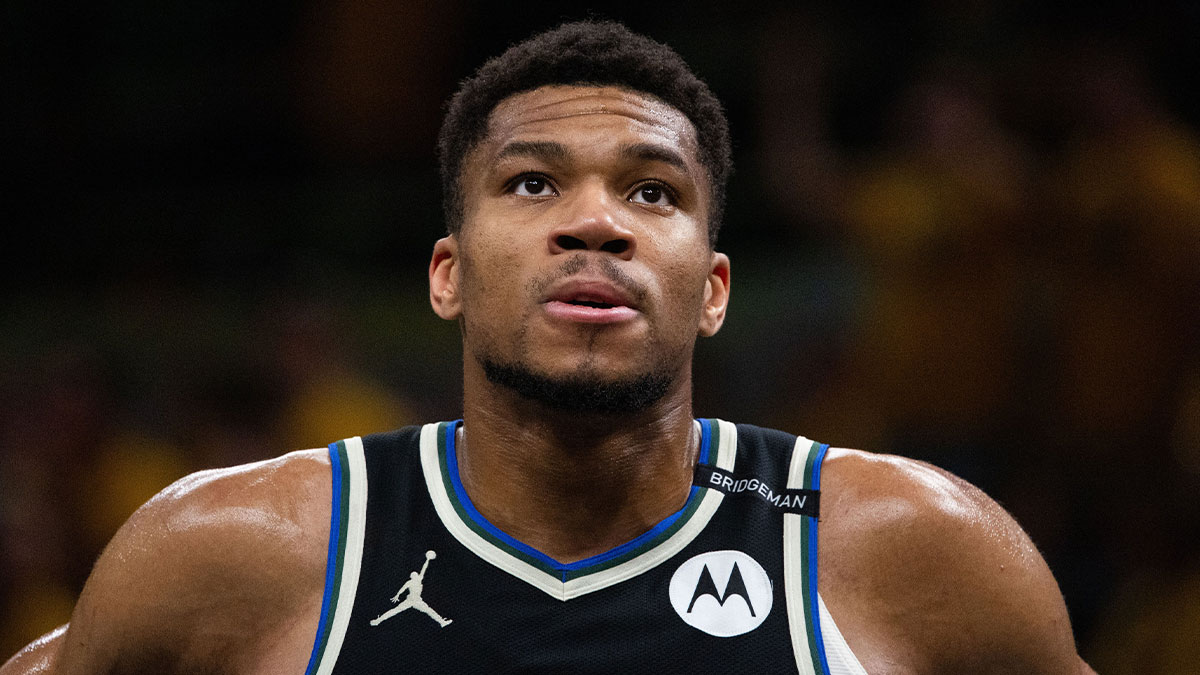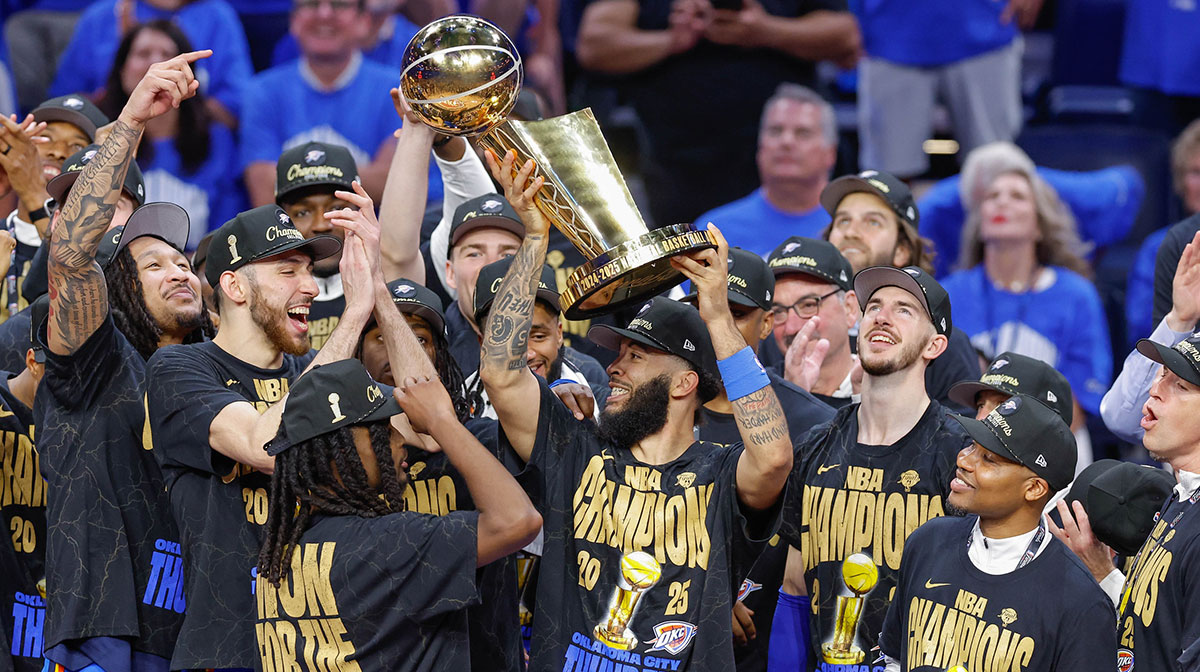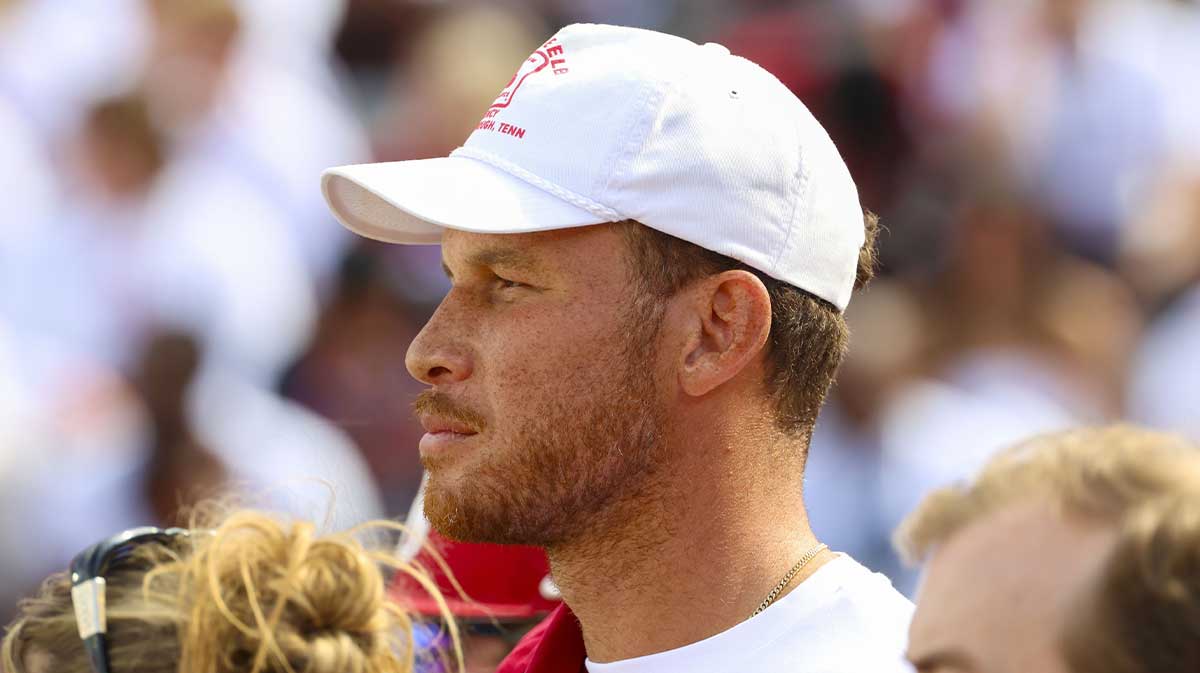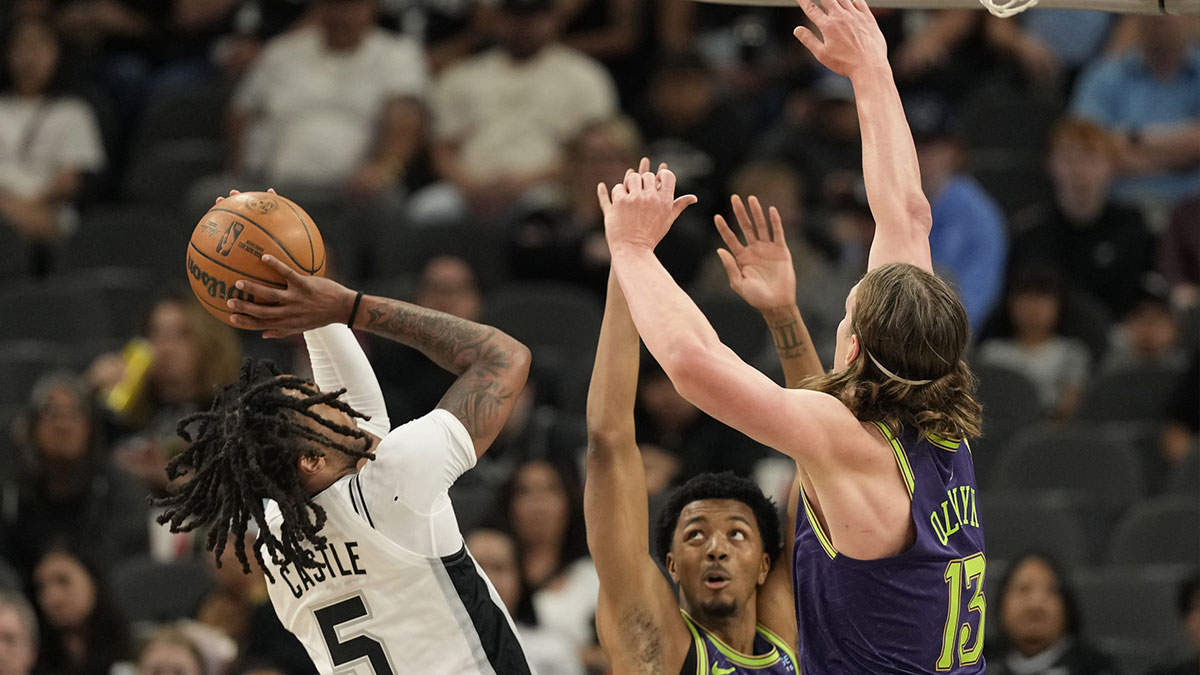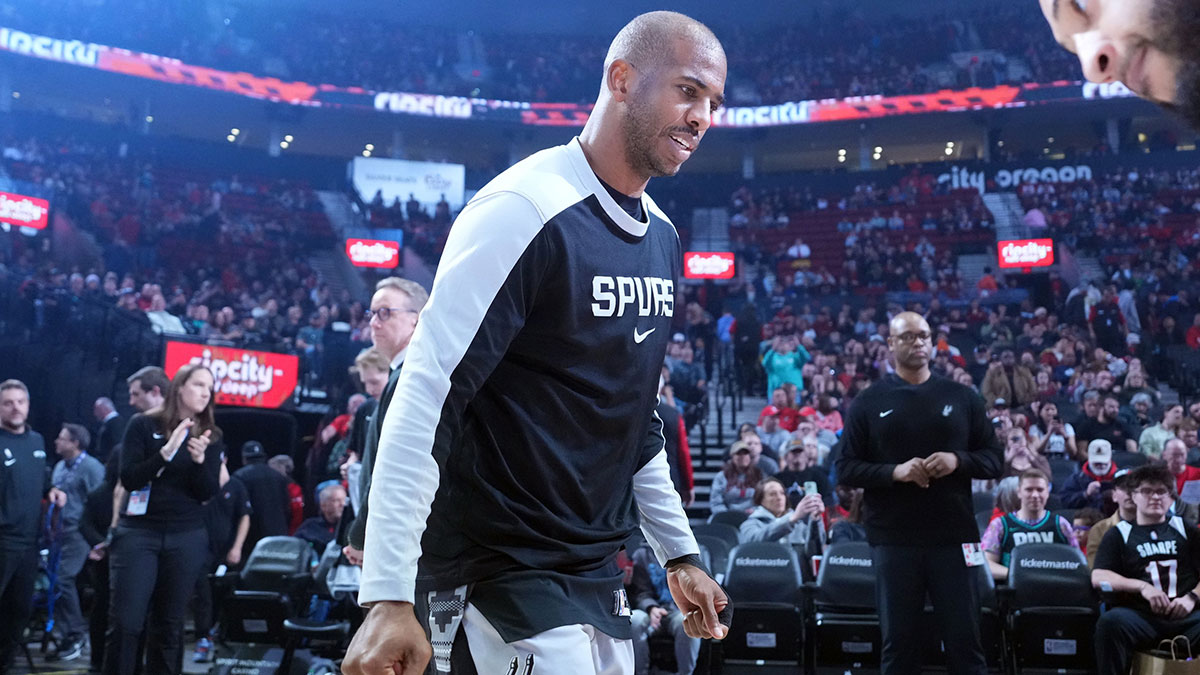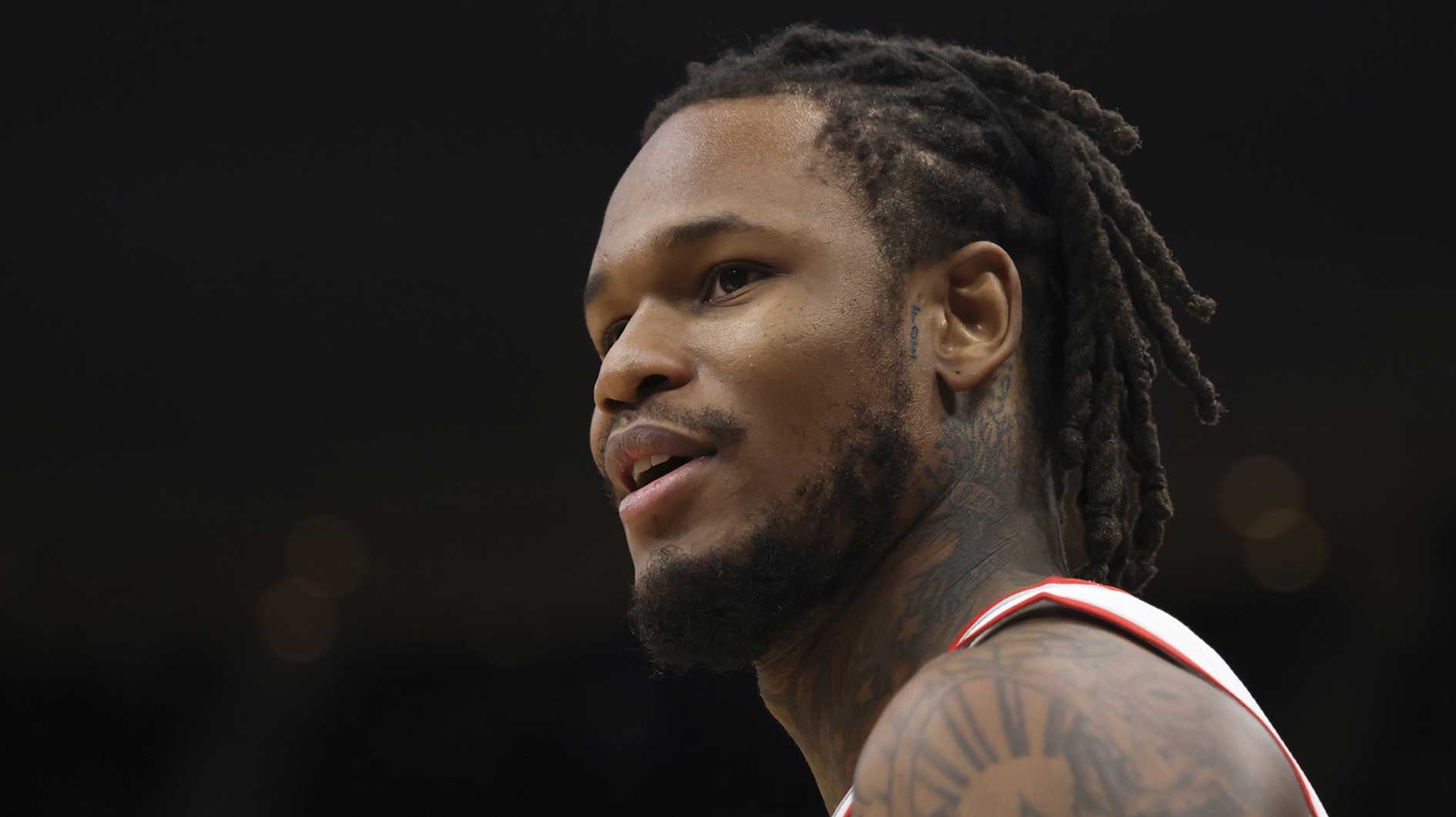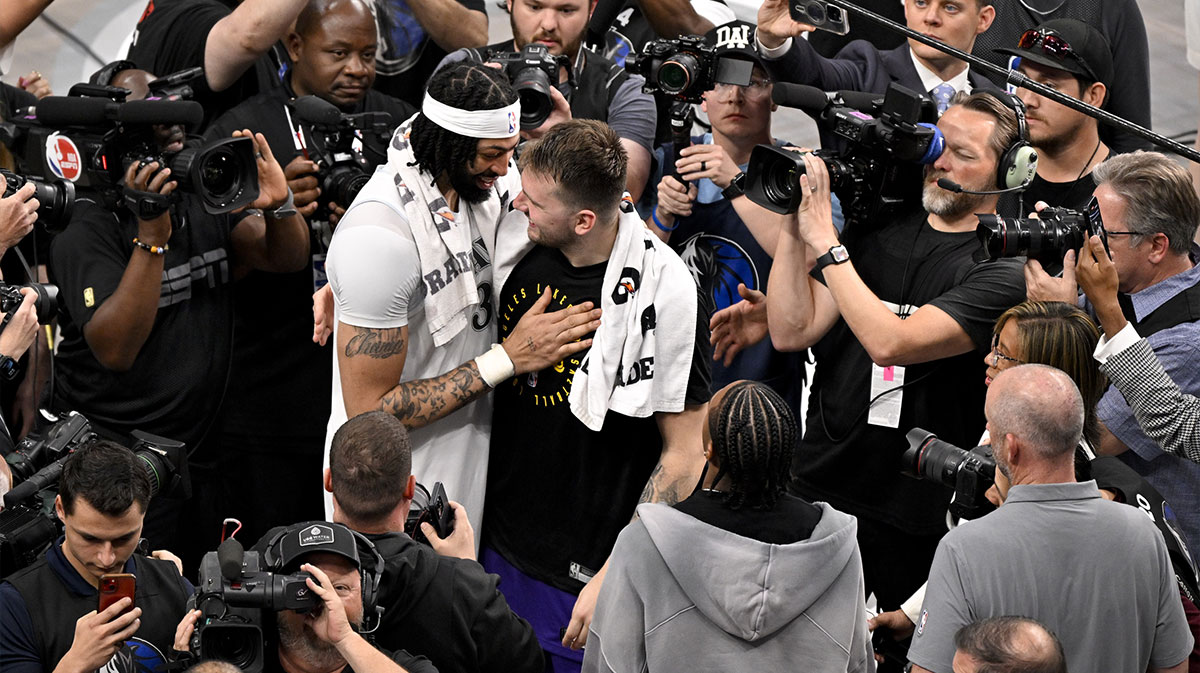Relative to years past, the 2019 NBA Draft class is not considered to be flowing with talent. Rather, behind Zion Williamson, the presumed number one pick in the draft, are a slew of prospects who are surrounded with more skepticism than optimism.
Last year’s NBA Draft class was stocked with talent, with a high dosage of rookies enjoying successful opening campaigns. Luka Doncic competed for an all-star spot. Trae Young had such a splashy second half of the season that he placed himself alongside Doncic in the Rookie of the Year talks. Deandre Ayton, Marvin Bagley, and Jaren Jackson, the remaining of the top five selections from the draft, made the All-Rookie First Team alongside Doncic and Young.
Outside the top five and the lottery were numerous players who had promising rookie seasons, including Kevin Huerter and Landry Shamet. The second round gifted teams Bruce Brown, who earned the starting shooting guard spot on the Detroit Pistons; Mitchell Robinson, who appears to be a potential top rim protector in the league and outperformed his teammate Kevin Knox who was drafted 9th by the New York Knicks in the draft' as well as Jalen Brunson, who scored more points than just two other rookies drafted outside of the lottery.
Yes, there will be players outside of Williamson who become good players in the league, but there are more players to be worried about rather than excited for. Here are five prospects that need to be avoided in the 2019 NBA Draft.
Cam Reddish F Duke
A team is going to draft Cam Reddish early, and he could go as soon as four to the Los Angeles Lakers. They will fall in love with his size, as he stands a tantalizing 6’9” with a 7’1” wingspan, mouth-watering intangibles for a wing. They’ll drool at his workouts where he dunks with flare and shoots a hot ball on a defenderless court.
The narrative that he was held back playing third fiddle to Williamson and RJ Barrett in his lone season at Duke will cement itself as a reason to buy into the player that owned a putrid 49.9% true shooting percentage while averaging more turnovers per game than assists. They’ll turn to the assortment of assessments that compared him to Tracy McGrady, Paul George, and Joe Johnson, rather than the more likely J.R. Smith comparison he drew following a sour season.
There are times where Reddish flashed the potential of a superstar, like when he scored 27 points and made four 3-pointers North Carolina. There are times when his size and athleticism come into full display on defense and he shows the tenacity of a Paul George on that side of the court.
Good defense from Cam Reddish pic.twitter.com/c8Mdf6fMtp
— Jackson Frank (@jackfrank_jjf) March 31, 2019
But those flashes are few and far between poor performances that should keep him out of being drafted in the lottery. Between the conference tournament and the NCAA tournament, he averaged 9.5 points while having just one game where he shot better than 43% from the field. He had 13 turnovers compared to seven assists.
The aurora surrounding Cam Reddish prior to the beginning of his freshman season has somehow outweighed the struggles that filled his year on the court and whichever team decides to gamble on him should be prepared for the worst.
Bol Bol C Oregon
It is impossible to have not fallen in love with Bol Bol prior to his suffering of a stress fracture in his left foot. He stuffed the stat sheet in nine games with Oregon, averaging 21 points, 9.6 rebounds, 2.7 blocks, and one assist per game. He shot over 56% from the field and 52% from the 3-point line. He had four double-doubles and was one rebound away in three other games from having another trio of them. The talent was easy to see. The potential was immense.
But the injury that kept him out all season cannot go unnoticed. Injuries for big men are always scarier than they would be for guards or wings. And he would be one of the tallest players in the NBA, as he stands at nearly 7’3”. Yet he weighs just 208 pounds, a disconcertingly low weight for such a big player. His weight adds to the worry for injuries to be a nagging wart for Bol Bol once he finally returns to the court.
When you look at the recent history of bigs in the NBA, even with today’s advancements in medical technology, they are not all that reassuring. Joel Embiid missed the first two seasons of his NBA career. Kristaps Porzingis, who tore his ACL in February of 2018, hasn’t appeared in NBA action since. DeMarcus Cousins suffered a torn Achilles in January of 2018 and came back only to tear his quad in April of 2019 after returning in February.
Bol Bol’s worrisome injury history and size concerns give me pause selecting him early in the NBA Draft. He is certainly worth a pick, but should probably be a gamble by a mid to late first round team, not a lottery one.
Rui Hachimura F Gonzaga
The 6’8” forward produced solid numbers last season with the Zags, but his fit in the NBA is largely unknown. He is not quick enough to play small forward, too small to play center, and not all too athletic to defend quicker power forwards or stronger, more traditional fours.
He shot 41.7% from the 3-point line last year, but it was only on one attempt per game, so it is tough to put too much stock in his shot being real. He does not handle the basketball, isn’t a rim protector, and doesn’t have the athletic gifts to be anything more than average on defense. Yet, he’ll likely be a lottery pick, with reports swirling that he has a promise from the Minnesota Timberwolves who pick 11th.
Taking him in the lottery would be a pretty significant risk, considering all the issues previously listed. This NBA Draft isn’t full of power forwards with promise, but guys like Brandon Clarke and PJ Washington should be ranked above Hachimura at that position. He seems to be another mid to late first round pick, somewhere around 20.
Jordan Poole G/F Michigan
Michigan is likely to be losing three players to the draft this year, with Jordan Poole being one of them. At 6’5” Poole is likely a shooting guard in the NBA and has promise as a scorer with secondary/tertiary playmaking skills, but his streakiness as a shooter and defensive shortcomings should not go unnoticed.
Over the last three months of the season, he shot 30.3 percent from the 3-point line, a dreadfully low percentage for what is supposed to be one of his top assets. On defense, he doesn’t have the athleticism or tenacity to do too much, and far too often he was caught watching the ball and losing his defensive assignment.
This is bad defensive possession by Jordan Poole. He's guarding Matt McQuaid, a very good off-ball mover. He is watching the ball in Cassius Winston's hands nearly the entire play. McQuaid is able to break away from Poole, who is staring in the opposite direction & score. pic.twitter.com/NFlGcO7Ewg
— Aaron Johnson (@AJohnsonNBA) February 24, 2019
Poole has hit some big shots, carries a swagger around with him, and can handle the basketball swiftly for an off-ball guard, but has a long way to go before becoming a competent NBA player.
Nassir Little F North Carolina
Teams need to be wary of Little and the intrigue he’s drawn coming into the draft. He was one of the highest rated recruits coming into his freshman season at UNC, but struggled mightily and ended up coming off the bench for them.
There are some tools to love about Little. He is uber-athletic, has good size, is strong, and has a thrilling defensive upside. But he may end up being unplayable because of his shortcomings on offense. He shot just 26.9% from distance and doesn’t have much of a mid-range jumper either. He isn’t a shot creator either. His offense comes at the rim and solely there.
For teams to be considering him right outside the top five is extremely questionable and he is closer to belonging outside of the lottery than he is from the top five. His complete lack of an offensive game gives me worry as to how much he will provide for a team.

